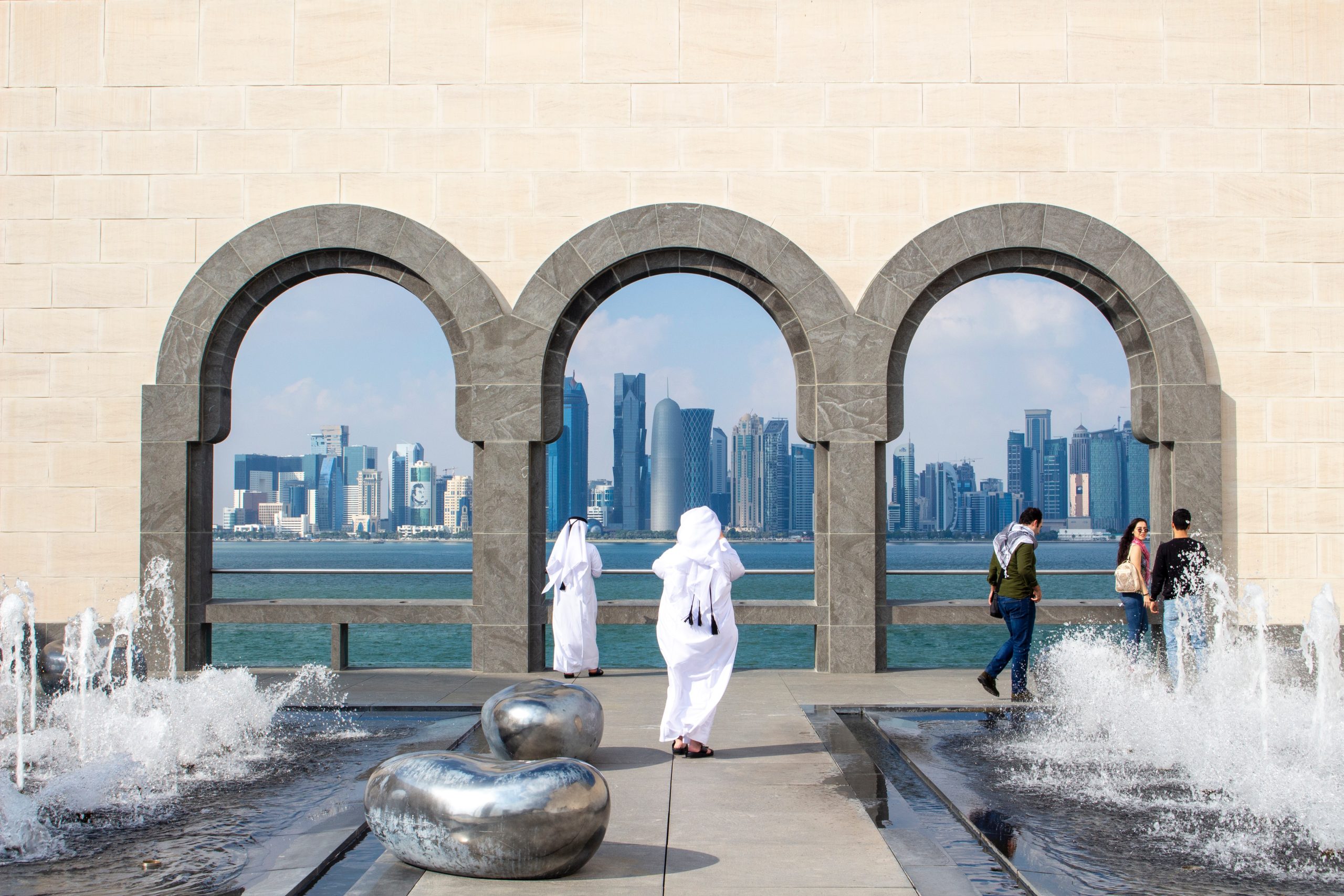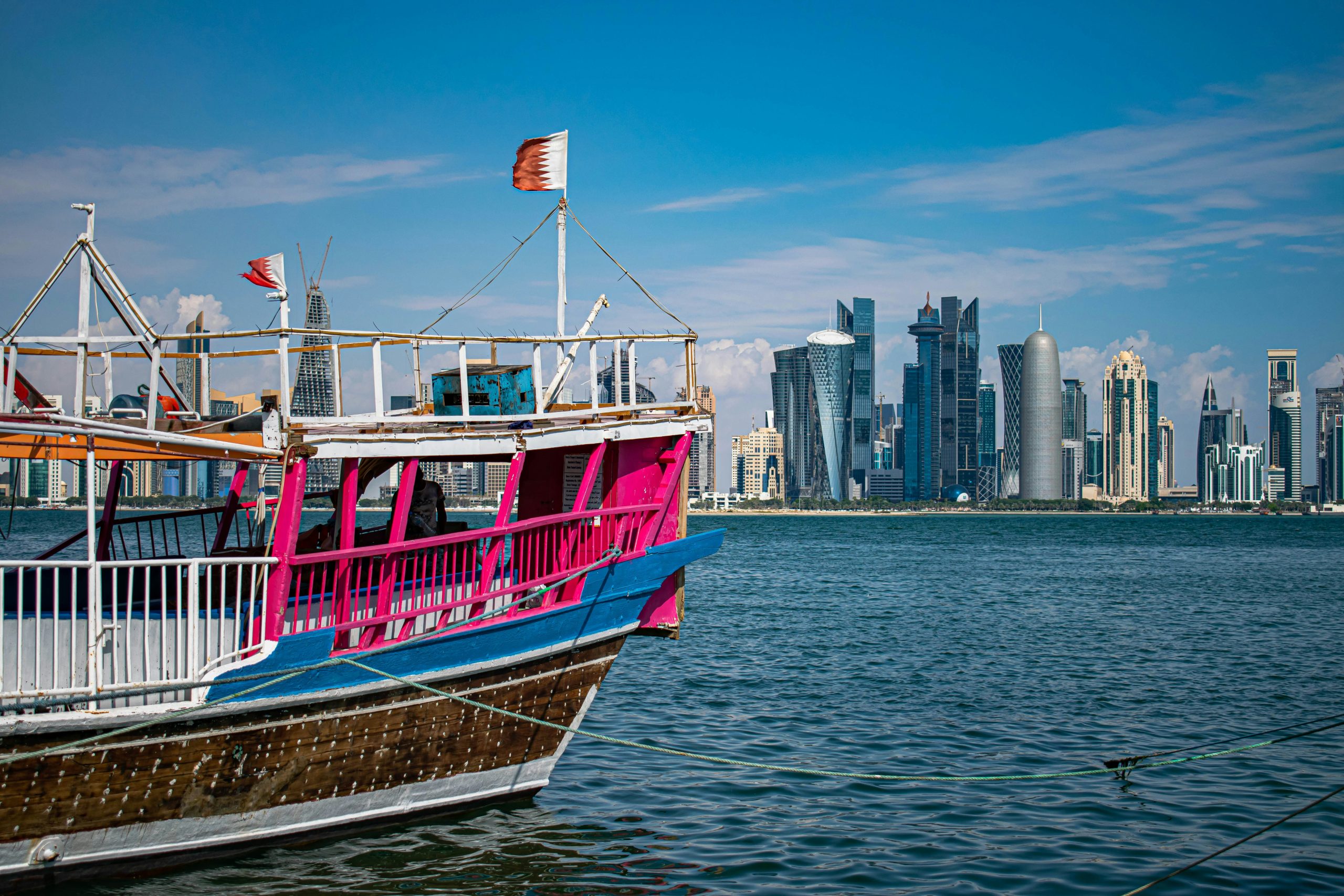More people than ever were in Qatar at the end of last month, but the pace of the country’s population growth appears to be slowing down.
According to new government figures, Qatar’s population reached an all-time high of 2,187, 326 on Sept. 30, 2014.
The numbers reflect a 7.48 percent increase from the same month last year.
That’s down from the 10 percent jump in the population that occurred between September 2012 and 2013.

It’s also less than the 8.4 percent rise in the number of people here between September 2011 and 2012, according to figures from the Ministry of Development, Planning and Statistics (MDPS).
Qatar’s previous highest-ever population was in May this year, when it reached 2.17 million, before dropping as residents began leaving on vacation.
Monthly changes
Qatar’s population traditionally spikes during August and September as people return from summer breaks, and there is an influx of new residents into the country.
However, the month-on-month increases for this period also show a slowdown compared to the rate of growth over the same months in the last two years.

Between August and September this year, Qatar’s population rose by 5.29 percent. The increase over the same two months in 2013 was 9.13 percent and in 2012 it was 9.31 percent.
It is not clear why population growth is slowing, though there have complaints about recruitment problems given Qatar’s proximity to the UAE, which is also ramping up its infrastructure projects.
Also, Qatar is becoming an increasingly expensive place to live, and costs for renting residential accommodation in particular are up month-on-month as the knock-on effect of a surge in land prices.
August figures for Qatar’s consumer price index showed inflation of nearly 4 percent on the same period last year, with rises in “rent, fuel and energy” showing an increase of 7.9 percent over August 2013.
As rent makes up one-third of the average expat’s monthly spend, bumps in rent mean less money to save and spend, which could make some would-be residents think twice before moving here.
Growth forecasts
Nevertheless, the latest year-on-year figures are in line with projections for Qatar’s overall population and labor force growth in the coming years.
Earlier this month, Qatar National Bank (QNB) forecast that the number of residents here would grow on average by 7.4 percent annually in the coming years, reaching 2.5 million by 2016.

The bank’s report predicts a “new wave” of expats in the coming years, as Qatar expands its labor force to meet the demands of its many infrastructure and construction projects.
While the majority of these workers is expected to be unskilled and semi-skilled laborers, QNB also forecast growing demand for female employees and white-collar workers to organizations meet their deadlines ahead of the state hosting the World Cup in 2022.
The QNB forecast are more modest compared to previous estimates of Qatar’s population growth. In December 2013, Frank Harrigan, the then Director of the MDPS’s Department of Economic Development, predicted that the state could see a 15 percent growth in the size of its population between 2013 and 2014.
Traffic stats
Despite the population growth, the MDPS’s latest monthly traffic figures show an overall drop in the number of major and minor accidents on Qatar’s roads in August compared to those in July.

While the number of fatalities as a result of accidents stood at 19 for August (up from 15 deaths in July), there were 43 major accidents recorded in August, compared to 66 in July.
There were also slightly fewer minor accidents – 536 for August, compared to 565 in July.
However, the number of traffic violations rose by nearly 13 percent between July and August, with a total of 140,114 infringements recorded. No breakdown of the types of penalties issued was given in MDPS’s report, unlike previous months.
Thoughts?








